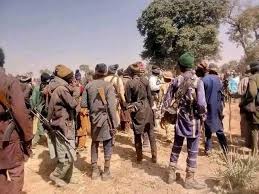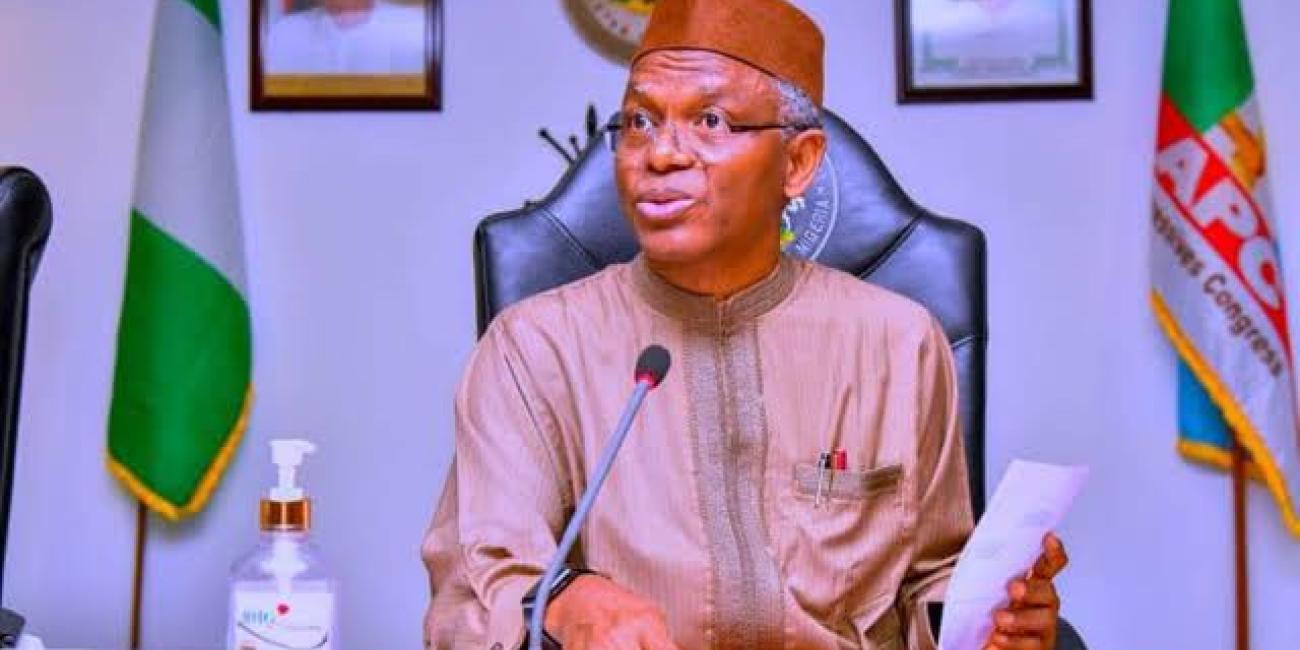FG lists Obasanjo-era presidential jet for sale in Switzerland
Inside Nigeria’s Presidential Air Fleet: An Overview of Aircraft, Upgrades, and Future Plans
Nigeria’s presidential air fleet, managed by the Nigerian Air Force and overseen by the Office of the National Security Adviser, comprises about 10 aircraft, serving as critical assets for presidential travel and national security. These aircraft include both fixed-wing jets and rotor-wing helicopters, with ongoing efforts to modernise and maintain this fleet efficiently.
The Fixed-Wing Fleet
The fleet includes several notable aircraft, among them a 13-year-old Gulfstream Aerospace G550, a Gulfstream G500, two Falcon 7Xs, a Hawker 4000, and a Challenger 605. However, not all are in service; reports indicate that three of the seven fixed-wing aircraft are currently unserviceable, highlighting the challenges of maintaining aging aircraft in a demanding operational environment.
Rotor-Wing Assets
On the rotary-wing side, Nigeria operates two Agusta 139s and two Agusta 101s, all under the Nigerian Air Force but supervised by the Office of the National Security Adviser. These helicopters play a crucial role in quick deployment and versatile operations across the country.
Presidential Aircraft Modernisation
Both the Buhari and Tinubu administrations had pledged to streamline the presidential aircraft fleet to achieve cost efficiencies. Notably, until August 2024, the aircraft designated for presidential travel was a Boeing Business Jet (BBJ-737) with the tail number 5N-FGT. This aircraft ferried the president across the world until the arrival of a newly acquired and refurbished Airbus A330-200, registered as 5N-FGA.
The new A330-200, acquired at a cost of approximately $100 million (about N150 billion) from a repossessed German bank asset, arrived in France in mid-2024 for initial maintenance and reconfiguration. Since early 2025, however, the Nigerian President has been using a San Marino-registered BBJ (REG: T7-NAS), indicating ongoing adjustments in the aircraft’s deployment and configuration.
The Costly Transition
Sources close to the process revealed that the new A330-200 was flown to South Africa for repainting to reflect Nigeria’s national colors—a process that involved repainting the aircraft’s body, as it initially lacked the distinctive green and white livery. In addition, refurbishments are ongoing to enhance its interior and systems.
The Swiss private aviation firm responsible for the aircraft’s acquisition and refurbishment is also preparing the Airbus for sale, signaling an end to its role as a presidential asset.
The End of an Era for the BBJ-737
The existing BBJ-737, in service for over 19 years, has become increasingly costly to maintain and has faced safety scrutiny, especially following a mechanical incident during an official trip to Saudi Arabia in April 2024. Despite partial refurbishments in July 2024—including upgrades to its first-class seats, carpeting, and undergoing inspections—the presidency announced its retirement and plans to sell the jet.
The aircraft, not enrolled in any engine maintenance program and with engines remaining “on condition,” is now listed for sale through AMAC Aerospace. It was configured to carry 33 passengers and 8 crew, with a detailed interior layout across five zones, including VIP suites, conference rooms, first-class seats, and business-class seating, all supported by modern amenities such as Ka-band Wi-Fi and multiple entertainment monitors.
A High-Tech Cabin & Advanced Avionics
The aircraft’s interior features include new carpeting, refurbished seating, full-service galleys, enclosed lavatories, and robust connectivity options. Its avionics suite is fully equipped with the latest systems, including multiple radios, transceivers, weather radar, TCAS, and various safety and navigation systems that meet international compliance standards like ADS-B and RVSM.
Future Outlook
As Nigeria advances its aviation capabilities, the ongoing reassessment and upgrading of the presidential fleet reflect both a desire for modern, reliable aircraft and the economic realities of operating aged assets. The sale of the BBJ-737 and the refurbishment of the Airbus A330-200 signify a strategic shift towards maintaining a more modern, efficient fleet for the nation’s top leadership.



